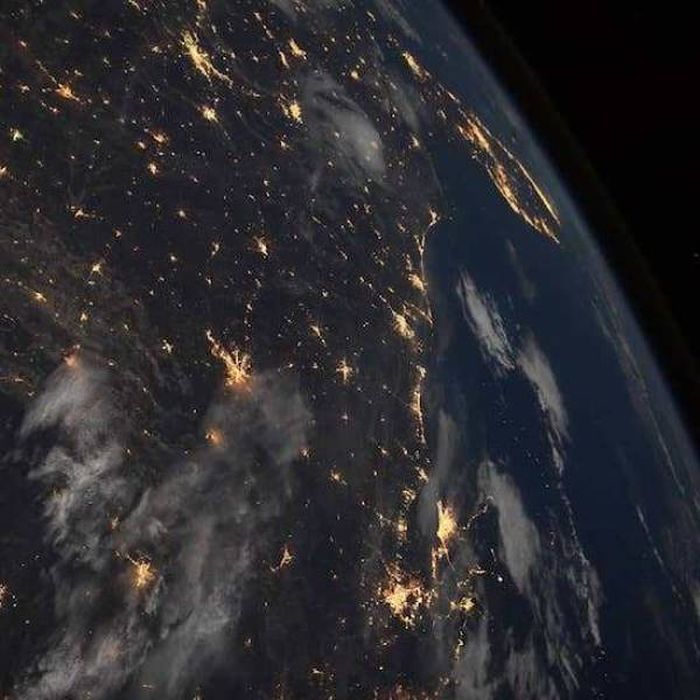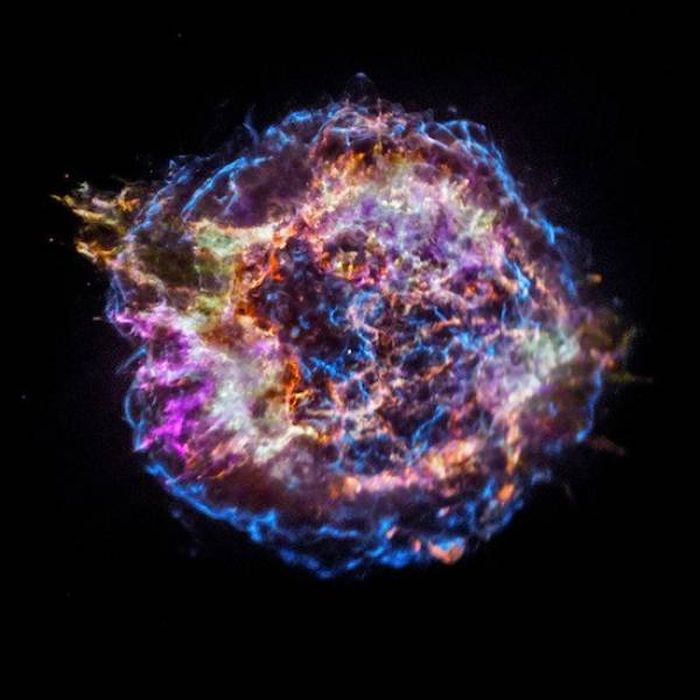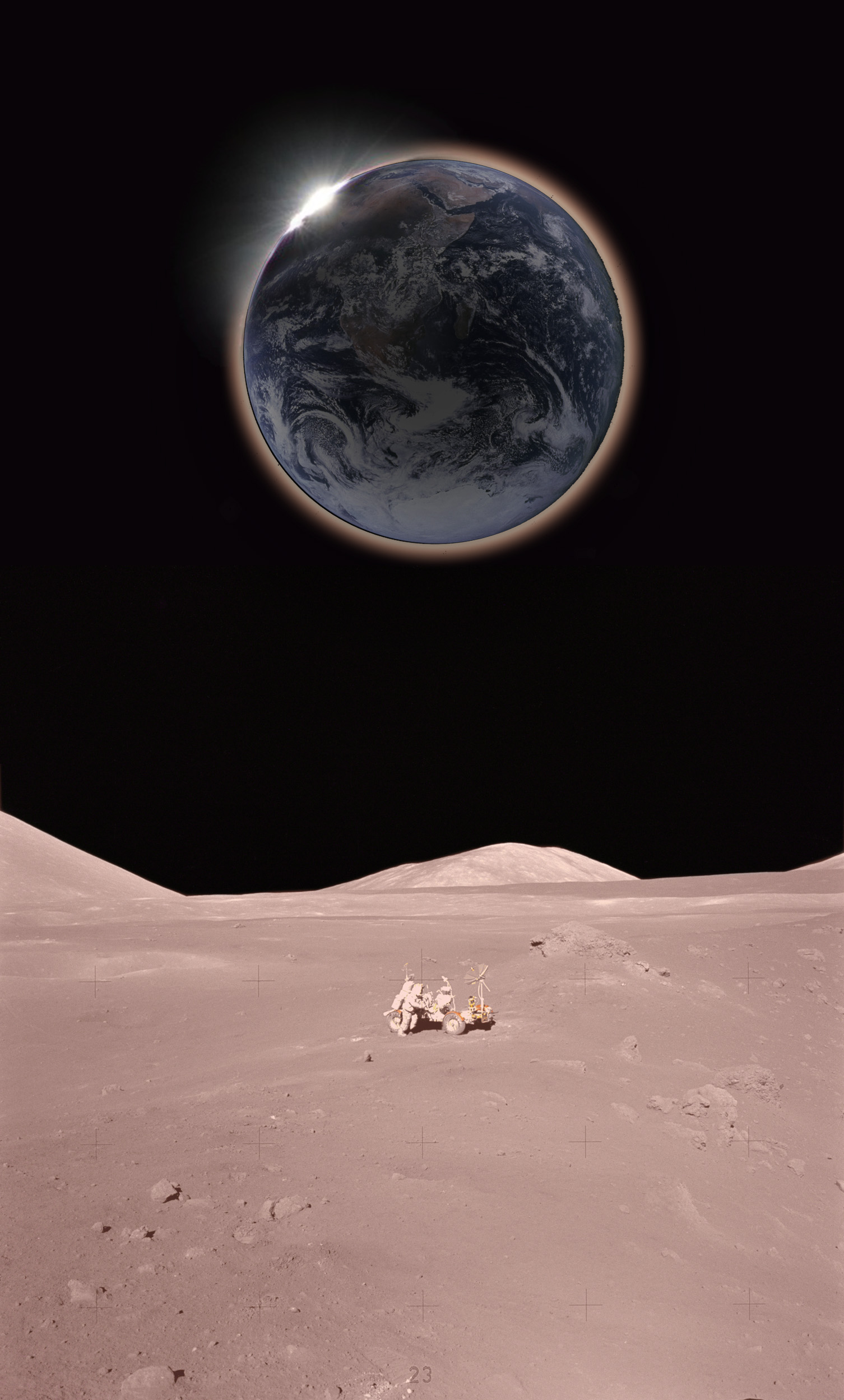

Scientists watch closely when volcanic materials reach this relatively dry layer of the atmosphere because particles linger much longer and travel much farther than if they remain in the lower, wetter troposphere. The eruption was powerful enough to inject volcanic material into the stratosphere, which generally begins above 15 kilometers (9 miles) in this part of the world. CALIPSO was launched in 2006 by NASA and France’s National Centre for Space Studies (CNES).

“This is by far the highest volcanic plume we've ever measured with CALIPSO,” said Jason Tackett, a researcher at NASA’s Langley Research Center.

Other CALIPSO data collected on January 15 indicates that a small amount of ash and gas may have reached as high as 39.7 kilometers (24.7 miles). The second image, based on data collected on January 16 by the Cloud-Aerosol Lidar and Infrared Pathfinder Satellite Observations (CALIPSO) mission, shows material from the eruption rising to an altitude of 31 kilometers (19 miles). (NASA builds and launches the GOES series of satellites for NOAA.) local time (04:00 to 07:00 Universal Time) as the volcanic plume expanded upward and outward over the South Pacific. The natural-color views from the satellite’s Advanced Baseline Imager were acquired between 5 and 8 p.m. NOAA's Geostationary Operational Environmental Satellite 17 (GOES-17) captured the images for the animation above. However, the involvement of water in the Tonga eruption may have increased the explosivity compared to a purely magmatic eruption like Pinatubo.” “That is comparable to Pinatubo and one of the largest of the satellite era. “The umbrella cloud was about 500 kilometers (300 miles) in diameter at its maximum extent,” said Michigan Tech volcanologist Simon Carn. As shown in the animation above, a vast plume of material created what volcanologists call an umbrella cloud with crescent-shaped bow shock waves and a vast number of lightning strikes. The sheer power of the eruption was quickly apparent in satellite imagery. Scientists affiliated with NASA’s Disasters program are now gathering imagery and data, and they are sharing it with colleagues around the world, including disaster response agencies. Several Earth-observing satellites collected data during and after the eruption.

Relatively powerful blasts shook Hunga Tonga-Hunga Ha‘apai on January 13, but it was an even more intense series of explosions early on January 15 that generated atmospheric shock waves, sonic booms, and tsunami waves that traveled the world. The most recent activity began in late December 2021 as a series of Surtseyan eruptions built up and reshaped the island, while sending bursts of tephra and volcanic gases spewing from the vent. The volcano had sporadically erupted multiple times since 2009. Damage assessments are still ongoing, but preliminary reports indicate that some communities in the island nation of Tonga have been severely damaged by volcanic ash and significant tsunami waves. Editor’s Note: This story was updated on January 19, 2022, to add more context and quotes from scientists studying the volcano.Ī powerful volcanic eruption has obliterated a small, uninhabited South Pacific island known as Hunga Tonga-Hunga Ha‘apai.


 0 kommentar(er)
0 kommentar(er)
